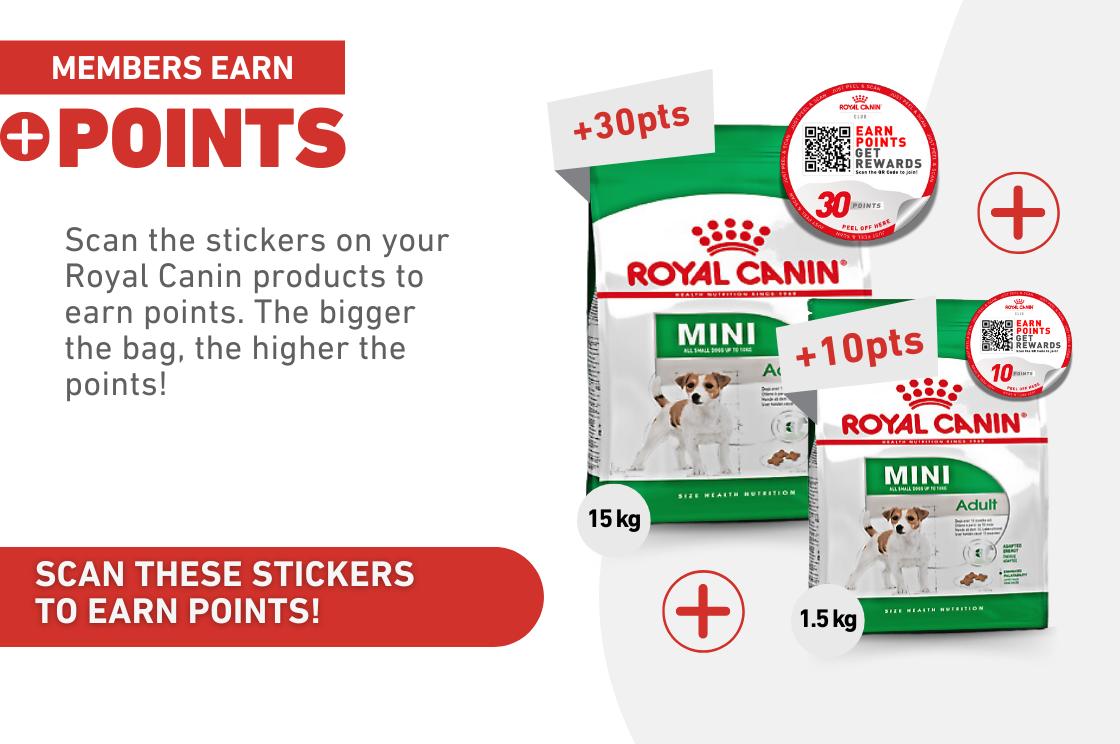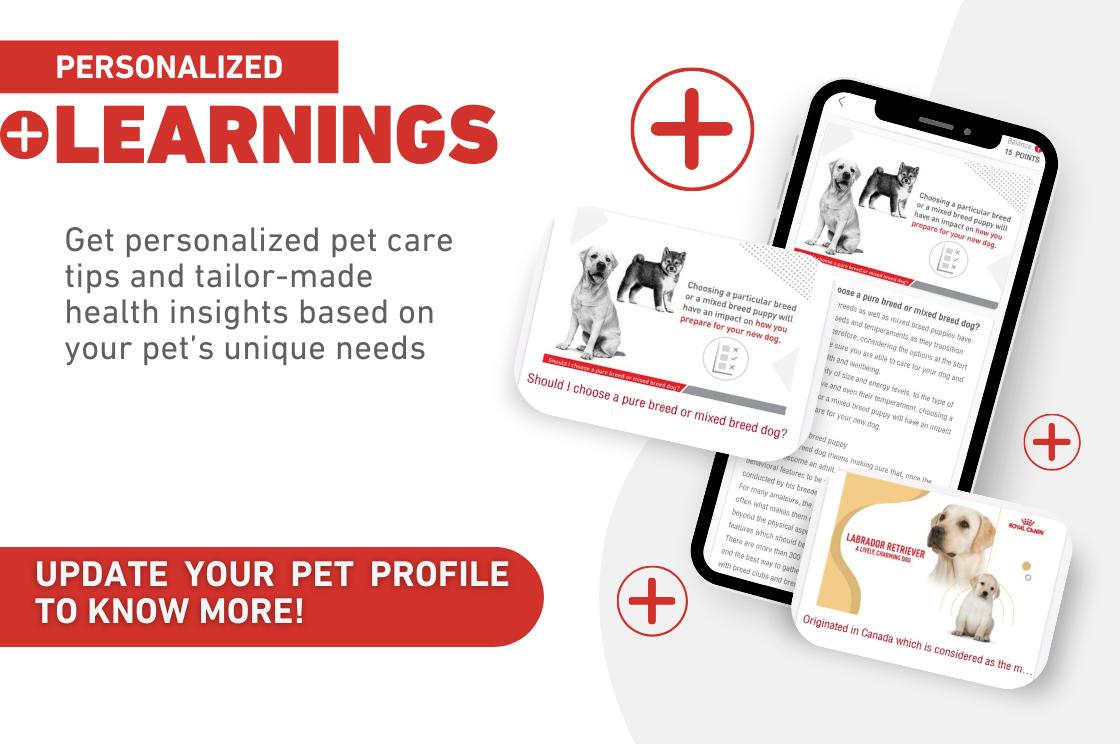
Royal Canin Club account deleted
You have signed out successfully




Highlight
Earn Points with Every Purchase
As our privileged Royal Canin Club member, earn points and unlock rewards with the Points on Purchase feature! Discover more
Welcome Rewards
It's rewarding to be a Royal Canin Club member. Enjoy exclusive welcome gift, vouchers, rewards and many more. Discover more
Caring for your cats & dogs
Cardiac diseases in dogs
Dogs with Hearty Diseases and Their Specific Set of Nutrition Required What do we know about heart diseases in dogs? Among the many, the most commonly seen heart abnormality in dogs is Chronic ... See more
Caring for a newborn kitten
Over the first year of their life, your kitten will undergo significant changes. Here are five key milestones to look for, and how you can support them during each one. Your kitten in the first we... See more
About the Shih Tzu
Despite the name translating as “Little Lion”, the Shih Tzu has a calm and affectionate temperament and makes an excellent family or companion dog. About the Shih Tzu These intelligent, active and li... See more